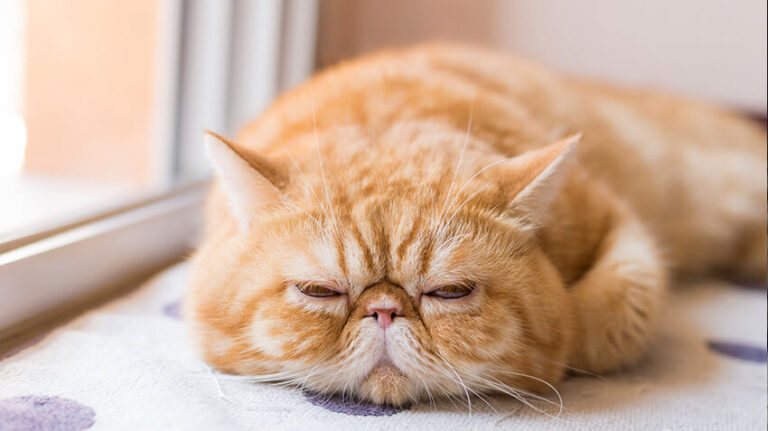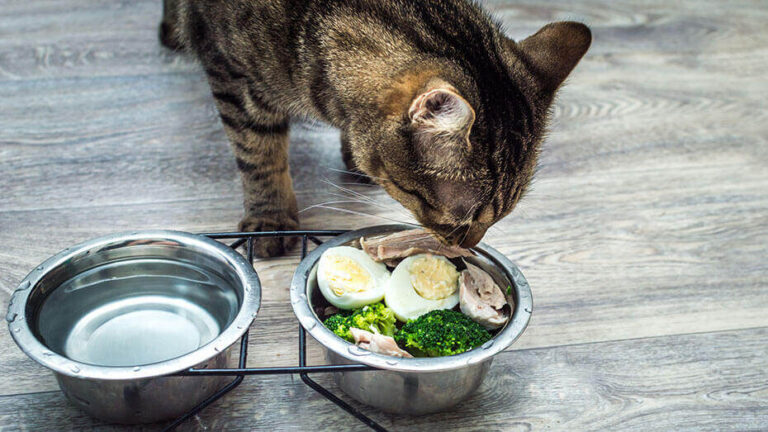Can Cats Eat Arugula? Safety, Benefits & Risks Explained
When it comes to the culinary curiosity of our feline friends, the question of whether cats can safely indulge in arugula often arises. Arugula, a leafy green vegetable, is part of a family that includes kale and broccoli. While it’s generally safe for cats to consume in small amounts, there are important considerations to keep in mind. Cats are obligate carnivores, meaning their diet primarily consists of meat.
Introducing new foods like arugula should be done cautiously, as some cats may experience digestive upset or allergies. Join me as we delve deeper into the nutritional value, potential benefits, and precautions of incorporating arugula into your cat’s diet.
Contents
Can Cats Eat Arugula?
Cats can safely eat arugula in moderation, as it’s non-toxic and may offer health benefits like aiding digestion. However, due to their carnivorous nature, arugula should only be an occasional treat.
Analysis of Benefits and Drawbacks
While arugula contains beneficial nutrients, it’s crucial to consider cats‘ dietary needs. Cats are obligate carnivores, meaning their bodies are designed to thrive on animal-based proteins. While small amounts of arugula may not harm them, it doesn’t provide significant nutritional benefits. Moreover, some cats may experience gastrointestinal discomfort or allergic reactions to unfamiliar foods like arugula.
Final Verdict
In conclusion, while cats can technically eat arugula in moderation without immediate harm, it’s not a necessary or particularly beneficial addition to their diet. Providing a balanced diet rich in high-quality meat-based protein is essential for their overall health and well-being. Suppose you’re considering introducing arugula or any new food into your cat’s diet. In that case, it’s advisable to consult with your veterinarian to ensure it aligns with their nutritional requirements and health status.
NOTE: Always check with your veterinarian first before giving your cat any new foods, especially “people foods.” What might be okay for one cat might not be suitable for your cat, depending on multiple factors, such as their age, health history, health conditions, and diet. Cats on prescription diets should not be fed any food or treats outside the diet.
Related: Can Cats Have Almond Milk?
Frequently Asked Questions about Cats Eating Arugula
1. Is it safe for cats to eat arugula?
In small amounts, arugula is generally safe for cats to consume. However, it’s essential to monitor their reaction and introduce it gradually to avoid potential digestive issues.
2. Can arugula provide any nutritional benefits to cats?
While arugula contains some vitamins and minerals beneficial to humans, it’s not a significant source of nutrients for cats. Their nutritional requirements are primarily met through animal-based proteins.
3. How much arugula can I give to my cat?
Since arugula isn’t a staple in a cat’s diet, it’s best to offer it as an occasional treat in small quantities. A few leaves chopped finely and mixed with their regular food can be sufficient.
4. Are there any risks associated with feeding arugula to cats?
Some cats may have allergies or sensitivities to arugula, leading to symptoms like vomiting or diarrhoea. Additionally, large amounts of arugula could potentially cause digestive upset due to its high fibre content.
5. Can feeding arugula to my cat replace other vegetables in their diet?
Cats have specific dietary needs that are best met through animal-based proteins. While arugula and other vegetables can be offered as occasional treats, they shouldn’t replace essential components of their diet.
6. How should I prepare arugula for my cat?
Wash the arugula thoroughly to remove any pesticides or contaminants. Chop it finely and mix it with your cat’s regular food to encourage them to try it.
7. What should I do if my cat shows signs of discomfort after eating arugula?
If your cat exhibits adverse reactions, such as vomiting, diarrhoea, or lethargy, after consuming arugula, discontinue feeding it immediately and consult with your veterinarian for further guidance.
Related Cats Guides:
- Can Cats Eat Bones?
- Can Cats Eat Chicken Broth?
- Can Cats Eat Pumpkin Seeds?
- Can Cats Eat Kale?
- Can Cats Eat Human Food?
- Can Cats Eat Crackers?
- Can Cats Eat Canned Dog Food?
- Can Cats Eat Fruit?
- Can Cats Eat Chicken Nuggets?
- Golden Retriever Pros and Cons: What Every Pet Parent Should Know - 15 September 2025
- Cane Corso Dog Breed: Health, Care, and Lifespan - 14 September 2025
- Catahoula Leopard Dogs: Description, Temperament, Lifespan, & Facts - 21 July 2025







